Land of Two Rivers: A History of Bengal from the Mahabharata to Mujib
Land of Two Rivers chronicles the story of one of the most fascinating and influential regions in the Indian subcontinent. The confluence of two major river systems, Ganga and Brahmaputra, created the delta of Bengal an ancient land known as a centre of trade, learning and the arts from the days of the Mahabharata and through the ancient dynasties. During the medieval era, this eventful journey saw the rise of Muslim dynasties which brought into being a unique culture, quite distinct from that of northern India. The colonial conquest in the eighteenth century opened the modern chapter of Bengal’s history and transformed the social and economic structure of the region.
Nitish Sengupta traces the formation of Bengali identity through the Bengal Renaissance, the growth of nationalist politics and the complex web of events that eventually led to the partition of the region in 1947, analysing why, despite centuries of shared history and culture, the Bengalis finally divided along communal lines. The struggle of East Pakistan to free itself from West Pakistan’s dominance is vividly described, documenting the economic exploitation and cultural oppression of the Bengali people. Ultimately, under the leadership of Bangabandhu Mujibur Rahman, East Pakistan became the independent nation of Bangladesh in 1971.
Land of Two Rivers is a scholarly yet extremely accessible account of the development of Bengal, sketching the eventful and turbulent history of this ancient civilization, rich in scope as well as in influence.
Get it now and save 10%
BECOME A MEMBER

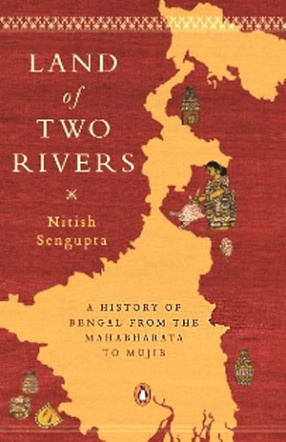
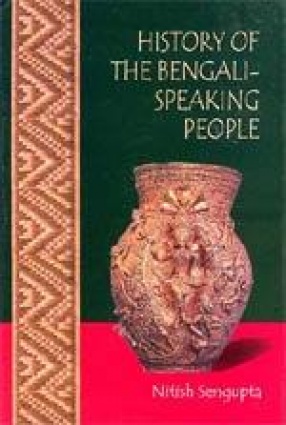
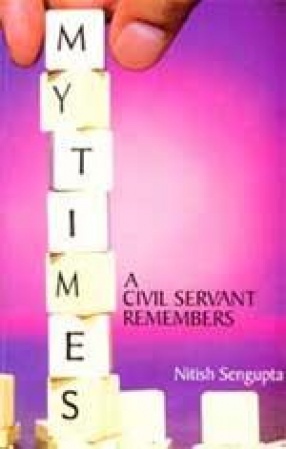
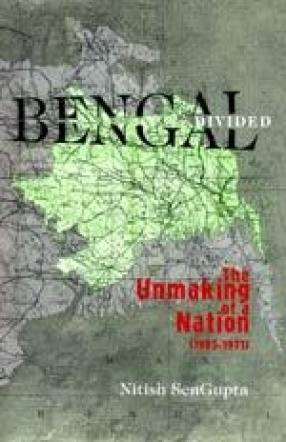
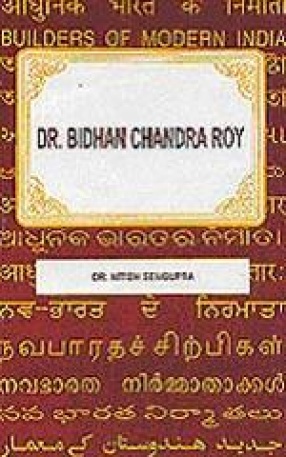

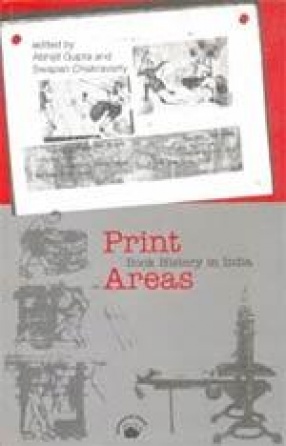
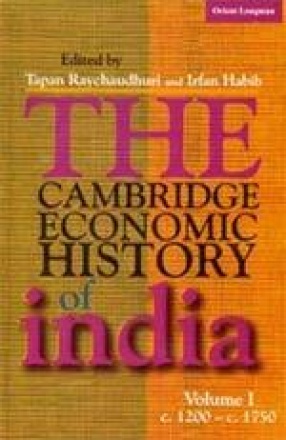
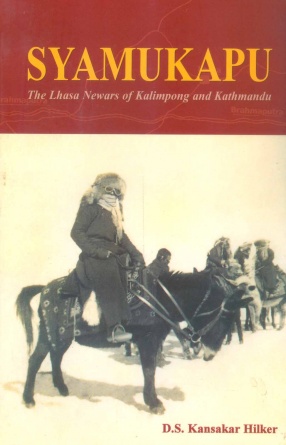

Bibliographic information